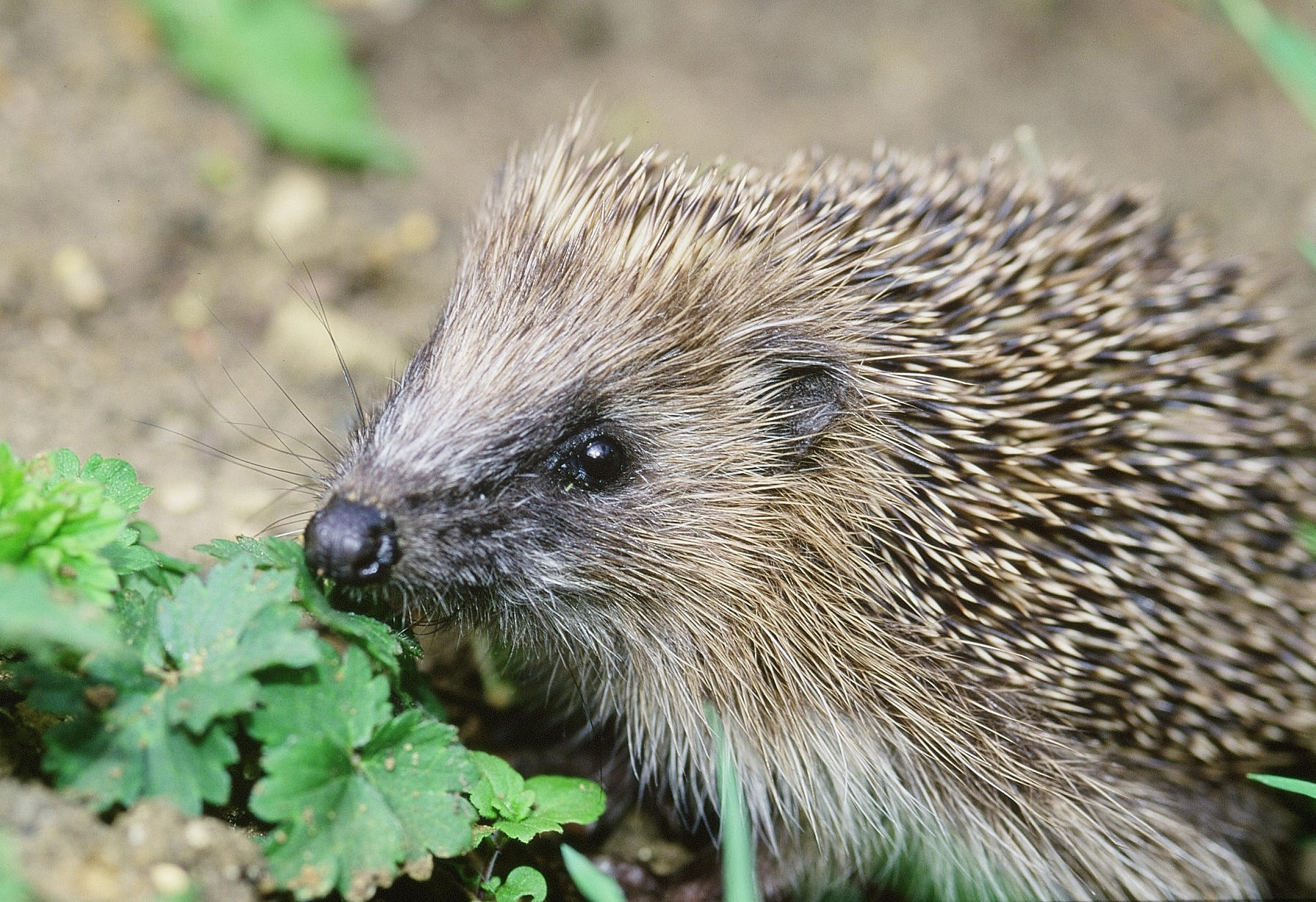
HEDGEHOG numbers in the countryside have halved since the turn of the century, a new report warns.
It is a more positive picture for the prickly garden visitor in towns and cities, where numbers have fallen by a third since 2000 but rates of decline have slowed, the State of Britain’s Hedgehogs 2018 report found.
They are not disappearing from urban green spaces as rapidly as they were 15 years ago and may even be returning, while numbers appear to be growing in some places where they are still found.
But with numbers “plunging” in the countryside, the groups behind the report, the British Hedgehog Preservation Society (BHPS) and the People’s Trust for Endangered Species, plan to engage with farming communities to halt declines.
Householders are also being urged to sign up as “hedgehog champions” and help them through simple measures such as putting out wet cat and dog food, leaving wild areas for them to nest and making holes in the fence for them to move from garden to garden.
Data from three surveys, including one measuring hedgehog casualties on roads, suggest numbers of the species – immortalised by Beatrix Potter in the Tale Of Mrs Tiggy-Winkle – have declined in rural areas by half since 2000.
They face problems from intensive farming, including a loss of hedgerows and bigger fields which reduce available habitat, and use of pesticides and tillage which reduces prey such as grubs and earthworms.
While badgers are known to be predators of hedgehogs, Emily Wilson, hedgehog officer for Hedgehog Street, a public action campaign run by the two groups, said there was no evidence they were a major cause of declines.
“There are many reasons hedgehogs are in trouble,” she said.
“The intensification of agriculture through the loss of hedgerows and permanent grasslands, increased field sizes, and the use of pesticides which reduce the amount of prey available, are all associated with the plunge in numbers of hedgehogs in rural areas.”
Measures which could arrest the declines include providing more field margins, hedgerows and scrubby areas which create more habitat for the animals to live, nest and feed in.
A trial putting wildflowers strips through the middle of fields to encourage insects which prey on crop pests to reduce pesticides could also benefit wildlife such as hedgehogs by providing them with more food, Ms Wilson said.
With the UK leaving the European Union, ministers have indicated a redesign of the subsidy system could see a shift away from payments for land owned to rewarding public goods such as protecting wildlife, which could help hedgehogs.
Ms Wilson added: “Urban and suburban areas are becoming increasingly important for hedgehogs, so we need more people in those locations to sign up as hedgehog champions.
“Hedgehogs are a generalist species, so the more people can do to help them in their own back garden, the more they will also benefit other wildlife.”

Enjoy the convenience of having The Sunday Post delivered as a digital ePaper straight to your smartphone, tablet or computer.
Subscribe for only £5.49 a month and enjoy all the benefits of the printed paper as a digital replica.
Subscribe